For the past few years as April winds down and we enter the month of May, the memes and articles promoting No Mow May seem to explode and are practically everywhere. It’s also something I commonly get asked about when I’m giving presentations or talking to people about making their yards more pollinator and wildlife friendly.
I think my answer often surprises people, because I don’t say “yes” or “no.” Instead, my answer is “It depends.” Or at least that’s what it has always been in the past. Perhaps a better answer, and the one I’m going to start giving instead, to the question of “Should I mow my yard in May?” is “MAYbe.”
Before we dig into why “it depends” or “MAYbe” is my answer to this common question, let’s take a look at where No Mow May came from and the challenges associated with it.
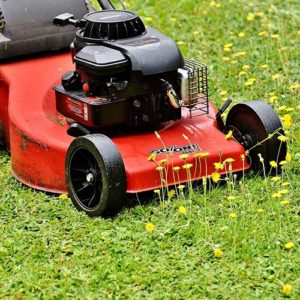
Background
The concept of No Mow May originally started in Europe. The goal was to raise awareness about bees and other early season pollinators and to increase the food available to those pollinators at a time when there wasn’t much blooming. To accomplish these goals, people were encouraged to stop mowing and to allow their yard weeds to bloom as a very simple method of providing the early bees and pollinators with additional food sources.
We live in a global society and it didn’t take long for the idea to take root in North America too. Then in 2020, it really gained traction and popularity in the U.S.
With the early stages of the pandemic in full swing, residents of Appleton, Wisconsin (which is an affiliate of Bee City, USA) embraced the concept at a citywide level. A scientific paper titled “No Mow May lawns have higher pollinator richness and abundances: An engaged community provides floral resources for pollinators” was even written and published about their efforts.
Since 2020, No Mow May has seen an exponential growth in popularity in the U.S. Multiple other cities across the country have also embraced the concept, not to mention thousands of homeowners. No Mow May quickly became one of the “in” things to do for those who were interested in pollinators, helping to save the bees, and making their yards generally more pollinator friendly.
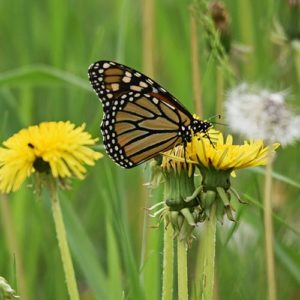
The Problem with No Mow May
While the slogan is catchy and the intentions are ones that many of us can get behind, there are some major problems with the application of No Mow May.
The first problem is a result of trying to apply a single timeline across a wide range of climates. For example, I’m in Kentucky. Our fescue yards start greening up in late February / early March – sometimes earlier if it is an especially warm winter. Daffodils often start blooming sometime around Valentine’s Day and redbuds are typically blooming by late March / early April.
By May EVERYTHING seems to be in full bloom and any grass that hasn’t been mowed yet can be almost knee high. In fact, May is when honey bees gather a large percentage of the nectar they turn into the honey harvested by beekeepers in my region. The honey bees wouldn’t be able to do that if May was a time of “low floral resources” in my area.
So, how’s that a problem? Doesn’t it make sense not to mow when everything is in bloom? Not necessarily. If the goal of not mowing is to provide flowering “yard weed” options at a time when there are low floral resources, then not mowing in late March and April makes more practical sense for where I live. Also, many of the plants blooming during May in Kentucky are trees, so mowing doesn’t affect their flowers.
However, just because that’s when things bloom where I live, doesn’t mean that everywhere else experiences the same bloom times. Areas further south than us might be a couple of weeks to a month ahead of us, while areas further north might be a couple of weeks to a month behind us.
The climatic differences between northern and southern areas, or areas of high and low elevation, can make a significant difference in when a species blooms. Picking a single month to say “don’t mow during this month because it is a time of low floral resources” without taking location into account doesn’t work from a biological standpoint.
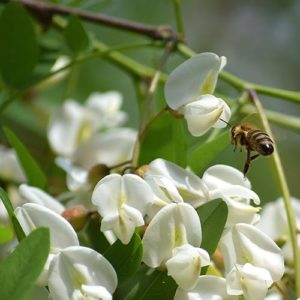
The second problem with No Mow May is that it doesn’t take into account what is in your yard or anything else that is being done to your yard. For example, if you have the “perfect yard” consisting of a solid green monoculture of grass, then not mowing isn’t going to help the pollinators because there still won’t be any flowers for them.
Yes, the taller grass may go to seed or attract some insects which could become bird food. But that also assumes that you aren’t spraying your yard with insecticides of any kind.
Not to mention, that depending on where you live, not mowing your yard for a month may cause unwanted friction with your neighbors or other community members. Only you can decide if that’s a battle that you want to fight.
At this point you may be thinking, “But Shannon, aren’t you forgetting about that scientific article showcasing all the good that No Mow May does? After all, you are all about the science.” You’re right, science is very important to me.
Science is also all about double checking each other and making sure results are repeatable, and that’s where the story about the article takes an unexpected turn. After the original article came out other researchers looked at the raw data from the article and said, “Umm… we aren’t coming up with the same results or conclusions.” Which caused the original researchers to go back and re-evaluate their findings, and they agreed that their original results and conclusions may not have been correct.
So, in November 2022, the article was officially retracted. “Retracted” is simply scientific lingo for an article whose results are no longer considered trustworthy so the article shouldn’t be considered part of the scientific record. We all make mistakes and this is how the scientific community corrects itself.
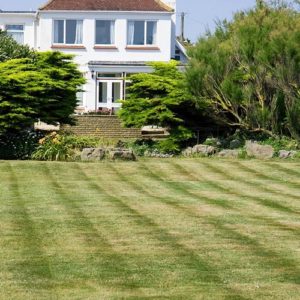
The Solution
Ok, so if No Mow May isn’t the end-all-be-all answer, then what should we do? Unfortunately, there isn’t a single, simple answer that works in all situations and locations, all of the time. That’s why my answer to “Should I mow my yard in May?” is “MAYbe.”
A more definite answer is going to depend on a number of factors including:
- What are your goals and why are you thinking about not mowing in May?
- How tall is your grass at the end of April and are you going to be ok with the consequences of letting it grow for an entire month?
- What is blooming where you live in May? Is May really when you have a lack of floral resources available to your local pollinators?
- Do you have any flowers in your yard to bloom or is your yard a complete monoculture of grass?
- Will mowing during May encourage any flowers in your yard to rebloom, thus providing more floral resources to your local pollinators than would be provided by not mowing and allowing those plants to go to seed?
Instead of giving you a well-intentioned, but biologically inaccurate, absolute answer to the question of “Should I mow in May?”, I’m going to leave you with three simple guidelines that might help you decide what works best in your yard.
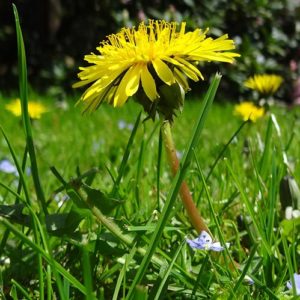
1) Try mowing less frequently throughout the growing season.
A 2018 study in a suburban area of Massachusetts found that yards which were mowed every other week had more bees visiting them than yards mowed every week. Periodic mowing may also encourage clover and other so called “yard weeds” to rebloom if the flower heads are cut off before they set seed. So, mowing at a frequency which allows traditional “yard weeds” to flower, but not go to seed, can be more beneficial to pollinators than picking one month where you don’t mow at all.
2) Encourage flowering plants in your yard.
Some people are lucky and have a variety of native wildflowers naturally intermixed with the grass in their yards. Most of us aren’t that lucky. We may have violets, but that’s often about the only native flower that grows naturally in our yards. However, even though dandelions, the clover we find in our yards, and many other traditional “yard weed” flowers aren’t native, they can still provide resources for our native pollinators and are much more beneficial than a solid expanse of nothing but grass.
3) Remember that pollinators need more than just flowers.
Flowers are one important component for attracting and supporting pollinators, but they aren’t the only thing they need. Pollinators also need food for their young (not necessarily flowers), safe places for their young to develop, and safe places to overwinter. How frequently you decide to mow your yard will often has very little impact on whether your pollinators have access to those resources on your property.
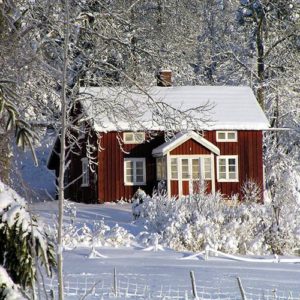
If you want to learn more about how to meet the year round needs of pollinators and wildlife, continue following us at Backyard Ecology. If you sign up for our emails, then we’ll let you know about all of our new content on a weekly basis and you’ll immediately receive a link to download a free e-book that explains why our familiar garden zones don’t mean anything when it comes to gardening with native plants. That’s just our way of saying thank you for your interest in Backyard Ecology.

Backyard Ecology: Exploring Nature in Your Backyard
Nature isn’t just “out there.” It’s all around us, including right outside our doors. Hi, my name is Shannon Trimboli, and I am the host of Backyard Ecology. I live in southcentral Kentucky and am a wildlife biologist, educator, author, beekeeper, and owner of a nursery specializing in plants for pollinators and wildlife conservation. I invite you to join me as we ignite our curiosity and natural wonder, explore our yards and communities, and improve our local pollinator and wildlife habitat. Learn more or subscribe to my email list at www.backyardecology.net.

Leave a Reply